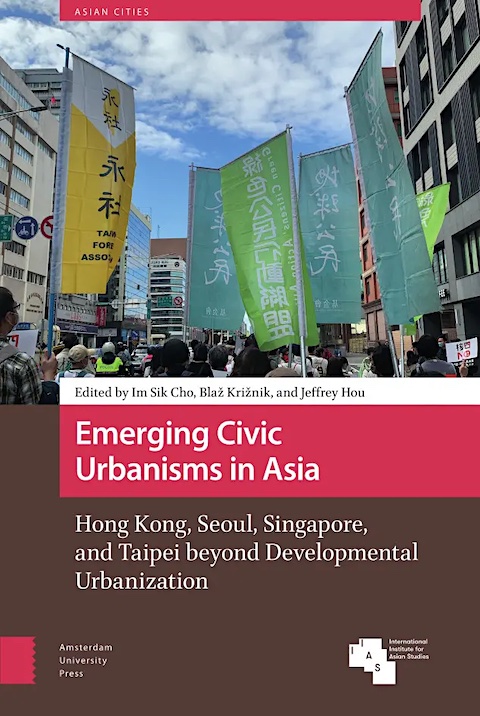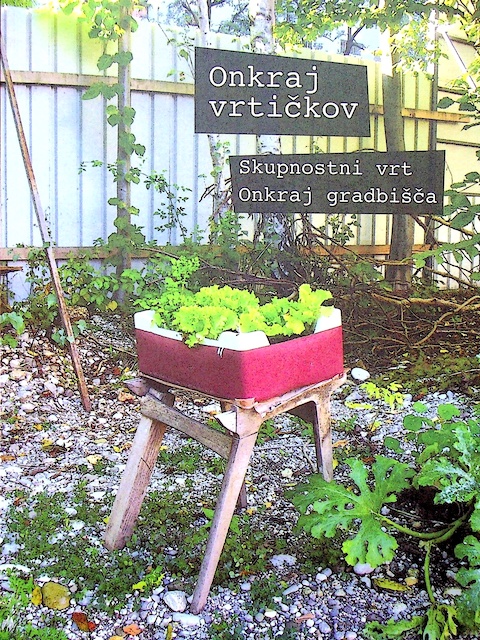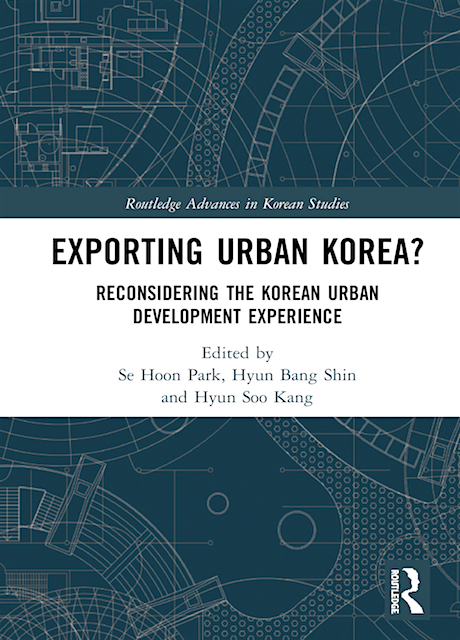With Cho Im Sik and Jeffrey Hou (eds.)
Amsterdam University Press | Amsterdam | 2022 | ISBN 9789463728546
 In parts of Asia, citizens are increasingly involved in shaping their neighbourhoods and cities, representing a significant departure from earlier state-led or market-driven urban development. These emerging civic urbanisms are a result of an evolving relationship between the state and civil society. The contributions in this volume provide critical insights into how the changing state–civil society relationship affects the recent surge of civic urbanism in Hong Kong, Seoul, Singapore, and Taipei, and the authors present eighteen cases of grassroots activism and resistance, collaboration and placemaking, neighbourhood community building, and self-organization and commoning in these cities. Exploring how citizen participation and state–civil society partnerships contribute to more resilient and participatory neighbourhoods and cities, the authors use the concept of civic urbanisms not only as a conceptual framework to understand the ongoing social and urban change but as an aspirational model of urban governance for cities in Asia and beyond.
In parts of Asia, citizens are increasingly involved in shaping their neighbourhoods and cities, representing a significant departure from earlier state-led or market-driven urban development. These emerging civic urbanisms are a result of an evolving relationship between the state and civil society. The contributions in this volume provide critical insights into how the changing state–civil society relationship affects the recent surge of civic urbanism in Hong Kong, Seoul, Singapore, and Taipei, and the authors present eighteen cases of grassroots activism and resistance, collaboration and placemaking, neighbourhood community building, and self-organization and commoning in these cities. Exploring how citizen participation and state–civil society partnerships contribute to more resilient and participatory neighbourhoods and cities, the authors use the concept of civic urbanisms not only as a conceptual framework to understand the ongoing social and urban change but as an aspirational model of urban governance for cities in Asia and beyond.
Source: doi.org/10.5117/9789463728546.

 Beyond Construction Site community garden has been active for more that a decade. Located in Ljubljana city centre, it is well known to the public. As a successful case of urban gardening, food supply, community building and temporary land-use management, it has attracted considerable media coverage and experts’ attention. Less attention, however, has been placed on its importance for citizen participation in the city. The article discusses Beyond Construction Site community graden as a case of community building and citizen participation that can help building partnerships between residents, neighbourhood communities, civil society organisations and city government, and in consequence contribute to democratic neighbourhood management and sustainable urban development in Ljubljana. The article argues that the City of Ljubljana has so far failed to take this opportunity and expand citizen participation beyond Beyond Construction Site to urban gardening and community practices in the city.
Beyond Construction Site community garden has been active for more that a decade. Located in Ljubljana city centre, it is well known to the public. As a successful case of urban gardening, food supply, community building and temporary land-use management, it has attracted considerable media coverage and experts’ attention. Less attention, however, has been placed on its importance for citizen participation in the city. The article discusses Beyond Construction Site community graden as a case of community building and citizen participation that can help building partnerships between residents, neighbourhood communities, civil society organisations and city government, and in consequence contribute to democratic neighbourhood management and sustainable urban development in Ljubljana. The article argues that the City of Ljubljana has so far failed to take this opportunity and expand citizen participation beyond Beyond Construction Site to urban gardening and community practices in the city. Markets used to be the major drive behind the transformation of localities in Korea. The state facilitated the commodification of localities through property-led urban redevelopment, which resulted in the demolition of deprived residential areas, displacement of the residents, heightened social conflicts, and destruction of social relationship networks. At the same time, localities were sites of grassroots struggles that challenged the state and struggled against the commodification of localities. Recently, the state recognized the negative consequences of urban redevelopment and started to promote state-led urban regeneration to improve the living environment and restore communal life in the cities. This chapter examines the changing relations between the state, property markets and community and their role in the transformation of localities and urban development in Seoul. The comparison of Songhak Maeul and Seowon Maeul shows that the state involvement had a significant impact on the transformation of localities. While the role of state is important, the chapter also argues that the significance of grassroots struggles in the transformation of localities should not be overlooked. Recognizing localities as sites of community engagement could contribute to a more comprehensive understanding of urban development and international development cooperation in Korea, as their success has often been attributed to the state and property markets without much consideration of the state–community relationship in building sustainable cities.
Markets used to be the major drive behind the transformation of localities in Korea. The state facilitated the commodification of localities through property-led urban redevelopment, which resulted in the demolition of deprived residential areas, displacement of the residents, heightened social conflicts, and destruction of social relationship networks. At the same time, localities were sites of grassroots struggles that challenged the state and struggled against the commodification of localities. Recently, the state recognized the negative consequences of urban redevelopment and started to promote state-led urban regeneration to improve the living environment and restore communal life in the cities. This chapter examines the changing relations between the state, property markets and community and their role in the transformation of localities and urban development in Seoul. The comparison of Songhak Maeul and Seowon Maeul shows that the state involvement had a significant impact on the transformation of localities. While the role of state is important, the chapter also argues that the significance of grassroots struggles in the transformation of localities should not be overlooked. Recognizing localities as sites of community engagement could contribute to a more comprehensive understanding of urban development and international development cooperation in Korea, as their success has often been attributed to the state and property markets without much consideration of the state–community relationship in building sustainable cities.